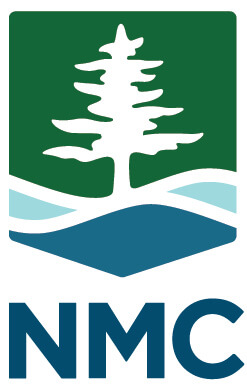What is Accessibility?
Accessibility is the ability of individuals with disabilities to independently acquire the same information, engage in the same interactions, and enjoy the same services within the same timeframe as individuals without disabilities, with substantially equivalent ease of use.
What is Title II of the Americans with Disabilities Act?
Title II of the American’s with Disabilities (ADA) ACT is designed to ensure that state and local government services, including public higher education institutions, are accessible to people with disabilities. This means that all digital content (typed documents, videos, images, slideshows, etc.) must be designed so that everyone can access them regardless of ability, disability, or use of assistive technology.
The New Rule
In April of 2024, an update to ADA Title II was signed into law. The update sets specific technical standards to follow to help us meet our obligations under Title II of the ADA for web and mobile app accessibility. All digital content must meet the Web Content Accessibility Guidelines (WCAG) 2.1 Level AA by April of 2026.
Training Available: Accessibility Fundamentals
Accessibility Fundamentals is a self-paced Canvas course designed to help NMC instructors learn and apply accessibility best practices in order for your courses and course content to meet WCAG 2.1 Accessibility Standards. To enroll in the course, click on the button below or reach out to Educational Technology by submitting a help desk ticket or by emailing us directly (educationaltechnologies@nmc.edu).
Accessibility Tutorials
WCAG
The Web Content Accessibility Guidelines (WCAG), developed by the World Wide Web Consortium, are technical standards that help make the digital world accessible to people with disabilities. These universal standards are rooted in four main principles:
- Perceivable: Content must be presented in ways all users can perceive (e.g., text alternatives for images).
- Operable: Users must be able to navigate the site via various methods (e.g., keyboard or voice).
- Understandable: Content and interactions should be clear and intuitive.
- Robust: Content must work reliably with current and future assistive technologies.
Who Benefits?
Applying these principles helps people with:
- Visual impairments
- Hearing disabilities
- Motor limitations
- Cognitive challenges
- Neurological differences

